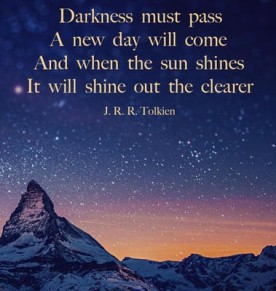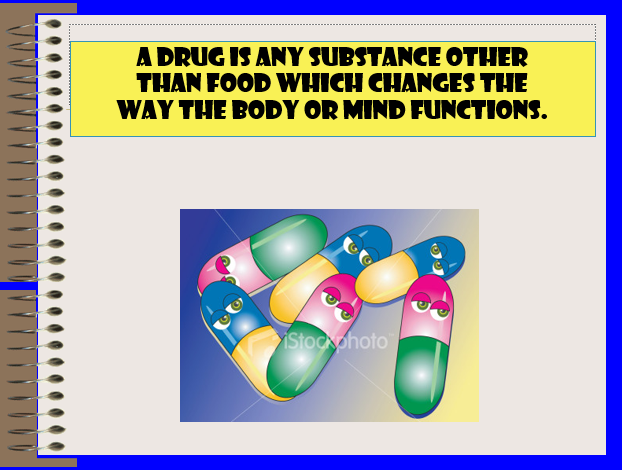Courtesy of :http://edtechreview.in/news/2112-technology-in-education-quotes
1) “Technology is just a tool. In terms of getting the kids working together and motivating them, the teacher is most important.” – Bill Gates
2) “There can be infinite uses of the computer and of new age technology, but if teachers themselves are not able to bring it into the classroom and make it work, then it fails.” – Nancy Kassebaum
3) “Any teacher that can be replaced with a computer, deserves to be.” – David Thornburg
4) “Teachers need to integrate technology seamlessly into the curriculum instead of viewing it as an add-on, an afterthought, or an event.” – Heidi-Hayes Jacobs
5) “It is not about the technology; it’s about sharing knowledge and information, communicating efficiently, building learning communities and creating a culture of professionalism in schools. These are the key responsibilities of all educational leaders.” – Marion Ginapolis
6) “Education is evolving due to the impact of the Internet. We cannot teach our students in the same manner in which we were taught. Change is necessary to engage students not in the curriculum we are responsible for teaching, but in school. Period.” – April Chamberlain
7) “We need to embrace technology to make learning more engaging. Because when students are engaged and they are interested, that’s where learning takes place.”
8) “We need technology in every classroom and in every student and teacher’s hand, because it is the pen and paper of our time, and it is the lens through which we experience much of our world.” – David Warlick
9) “When we talk about 21st century pedagogy, we have to consider many things—the objectives of education, the curriculum, how assessment strategies work, the kind of technology infrastructure involved, and how leadership and policy facilitate attaining education goals.” – Chris Dede, Harvard University
10) 21st Century Education won’t be defined by any new technology. It won’t be just defined by 1:1 technology programs or tech-intensive projects. 21st Century Education will, however, be defined by a fundamental shift in what we are teaching – a shift towards learner-centered education and creating creative thinkers. – Karl Fisch
11) “Integrating technology with face-to-face teacher time generally produces better academic outcomes than employing either technique alone.” – Edutopia
12) “Yes, kids love technology, but they also love legos, scented markers, handstands, books and mud puddles. It’s all about balance.”
13) “Technology can become the “wings” that will allow the educational world to fly farther and faster than ever before—if we will allow it.” – Jenny Arledge
14) Teachers need to stop saying, “Hand it in,” and start saying “Publish It.” Alan November
15) “The technology itself is not transformative. It’s the school, the pedagogy, that is transformative.” – Tanya Byron
16) “It is important to remember that educational software, like textbooks, is only one tool in the learning process. Neither can be a substitute for well-trained teachers, leadership, and parental involvement.” – Keith Krueger
17) “ICT is not the future of our chidren’s education, it is the present and we need to make investment in ICT now!” – National Association of Advisors for Computer in Education
18) The real power of interactive technologies is that they let us learn in ways that aren’t otherwise possible or practical. – David Lassner
19) “The need to know the capital of Florida died when my phone learned the answer: Rather, the students of tomorrow need to be able to think creatively: they will need to learn on their own, adapt to new challenges and innovate on-the-fly.” – Anthony Chivetta, high school student in Missouri
20) “Learners in the internet age don’t need more information. They need to know how to efficiently use the massive amount of information available at their fingertips – to determine what’s credible, what’s relevant, and when its useful to reference.” – Anna Sabramowicz














